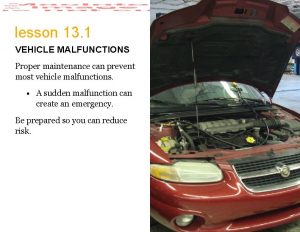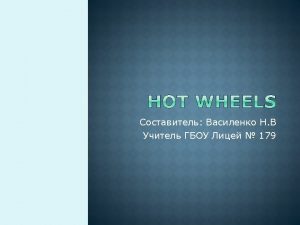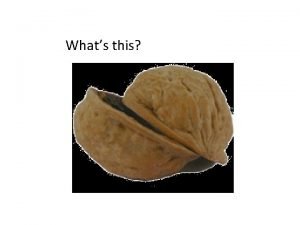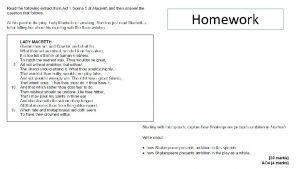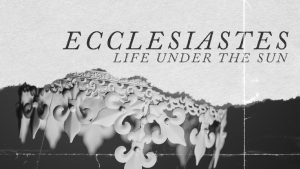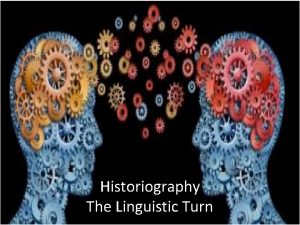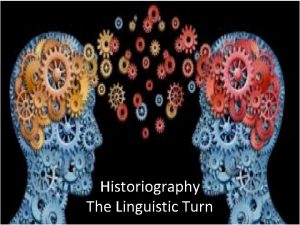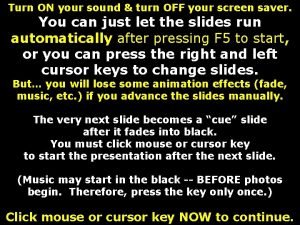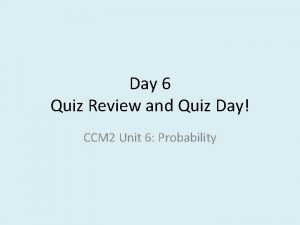Quiz Day Take your quiz and turn it













- Slides: 13

Quiz Day Take your quiz and turn it in. When finished, here’s your vocab. 1. Find the completed pop quiz questions on your tables… check your answers with the correct ones! 2. Study QUIETLY for your quiz. 3. Come see me when called- I have your test from last week and your latest grade in the class.

Quiz Day- You MAY use your notes! Take your quiz and turn it in. When finished, here’s your vocab. 1. 2. 3. 4. 5. 6. 7. Asexual reproduction Fission Budding Regeneration Vegetative reproduction Cloning Mitosis (mitotic cell division p. 399)

What is Asexual Reproduction? ▪ A type of reproduction in which one parent produces offspring without meiosis and fertilization. ▪ The offspring of asexual reproduction inherit all of their DNA from one parent. ▪ Offspring are genetically identical to each other and their parent.

Types of Asexual Reproduction ▪ Fission ▪ Mitotic Cell Division ▪ Budding ▪ Animal Regeneration ▪ Vegetative Reproduction ▪ Cloning

Some terms you should know. . . ▪ Prokaryote- unicellular organism that lacks a membrane-bound nucleus. Not as complex as a eukaryote. Mostly bacteria and similar organisms ▪ Eukaryote-organism that contains a nucleus and other organelles bound by membranes. More complex. Animals, plants, etc. ▪ Cytokinesis- division of a cell

Fission ▪ Cell division in prokaryotes ▪ DNA is copied and cell splits to form 2 identical offspring ▪ The original cell no longer exists

Mitotic Cell Division ▪ Cell division in many unicellular eukaryotes ▪ An organism forms 2 offspring through mitosis and cell division

Budding ▪ A new organism grows on the body of its parent by mitosis and cell division ▪ When the bud becomes large enough, it can break away and live on its own.

Animal Regeneration ▪ Occurs when an offspring grows from a piece of its parent. ▪ Sea stars, sea urchins, sea cucumbers, and planarians can reproduce through regeneration.

Vegetative Reproduction ▪ Offspring grow from a part of a living plant

Cloning ▪ Developed by scientists and performed in labs. ▪ It produces identical individuals from a cell or cluster of cells.

Advantages of Asexual Reproduction ▪ Asexual reproduction enables organisms to reproduce without a mate. ▪ Asexual reproduction also enables some organisms to rapidly produce a large number of offspring.

Disadvantages of Asexual Reproduction ▪ Asexual reproduction produces offspring that are genetically identical to each other and to their parent. This results in minimal genetic variation within a population. ▪ Genetic changes, called mutations, can occur and then be passed to offspring; this can affect the offspring’s ability to survive.
 Day 1 day 2 day 3 day 4
Day 1 day 2 day 3 day 4 Day 1 day 2 day 817
Day 1 day 2 day 817 Atomatoflames
Atomatoflames Loss of forward vision
Loss of forward vision You can't turn right here. you turn left.
You can't turn right here. you turn left. Wash your hands put on your nightgown analysis
Wash your hands put on your nightgown analysis Answer. go straight turn left turn right
Answer. go straight turn left turn right What is 1/4 turn clockwise
What is 1/4 turn clockwise Macbeth cousin
Macbeth cousin Macbeth seeing banquo's ghost quote
Macbeth seeing banquo's ghost quote Go straight turn left
Go straight turn left Turn hell hound turn
Turn hell hound turn Quarter turn half turn
Quarter turn half turn Go straight ahead and turn right
Go straight ahead and turn right



